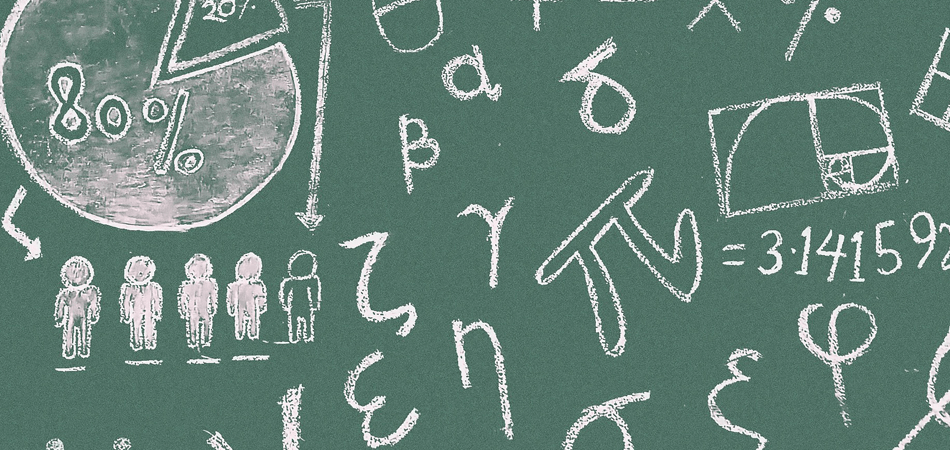Gambler’s Fallacy and The Lottery

The gambler’s fallacy describes the erroneous belief that the odds of something with a fixed probability, increases or decreases according to recent occurrences.
For instance, a person throwing dice may feel that they are ‘due’ a particular number based on their failure to win after numerous rolls.
This is a false assumption because the odds of throwing a particular number are the same for each roll and totally independent of previous and future rolls.
Such thought processes are common in all types of gambling including the lottery, where it’s often the case that a player will believe that they can expect a big win, purely because their winning numbers are yet to come up.
Monte Carlo Madness
One of the most famous examples of the gambler’s fallacy occurred in Le Grande Casino, Monte Carlo in 1913. During a game of roulette, casino patrons noticed that the ball was repeatedly falling on black. As this went on, people became started betting on red, falsely assuming that because the ball had fallen on black so frequently, it was bound to fall on red sooner rather than later. It took 26 spins of the wheel before it eventually did, resulting in millions of francs in lost bets.
The 53 Frenzy
The gambler’s fallacy can also lead to personal as well as financial ruin, which was painfully illustrated in the Venice Lottery in 2005. Hundreds of Italians started placing bets on the number 53, purely because it hadn’t been drawn for an abnormally long period of time.
Around 3.5bn euros were bet on the elusive digits, with some even parting with their life savings due to the fallacious perception that the odds of 53 showing up had somehow increased. It became a national obsession and led to a spate of suicides, murders and bankruptcies.
A consumer group even advised the government to ban the number in order to halt the country’s ‘collective psychosis’. When the number finally reappeared after two years, the resulting wins were said to have cost the Italian state around 600 million euros.
Rigid Combinations
Another variant of the gambler’s fallacy can be seen in the stubbornness that regular lottery players often exhibit with their chosen number combinations. Many choose the same set of numbers over and over again in the forlorn hope that doing so will increase their chances every time their chosen combination fails to appear in the draw.
Given that each lottery draw is an independent event and has absolutely no relation to previous or future draws, the probability of their chosen number combination appearing remains the same.Nevertheless, millions of people use this flawed strategy.
Negative Dependence
In relation to lottery games, the gambler’s fallacy was has been examined on a number of occasions, most notably in a research paper by Charles T. Clotfelter and Philip J. Cook. Entitled, The Gambler’s Fallacy in Lottery Play (1993), Clotfelter and Cook studied the data of a three-digit lottery game in the US.
They found that the amount of money placed on a particular number dropped significantly after it was drawn, before gradually returning to its former level over the course of a few months. It was also concluded that players who favoured a number which was then drawn, switched to another one in subsequent draws and, in extreme cases, would even stop playing for a while.
The Law of Small Numbers
The gambler’s fallacy arises from a misplaced dependency on the law of small numbers; namely that small samples of data may be relied upon to reach a conclusion and that a reversion to the mean takes place far more quickly than would be predicted from the law of large numbers.
For instance, if we flipped a coin 50 times, there would be long sequences of it landing on either heads or tails. However, if we were to flip the coin five million times, the ratio of it landing on heads or tails would be closer to 50/50. It would be even closer a coin was flipped five billion times. Therefore the reversion to mean requires a far larger data sample than gamblers typically rely on.
This kind of false reasoning has a great deal to do with our tendency to put too much faith in mathematics without fully understanding it. This also extends to everyday life where it’s often used to help us deal with things that intimidate or frighten us.
The ‘lightening doesn’t strike in the same place twice’ mentality is a good example, as is the erroneous belief often held by frequent fliers that they’ll eventually be involved in a plane crash due to the amount of flights they’ve taken.
Given these examples, it’s pretty clear how casinos make so much money. While gamblers and gamers deal in streaks of 5, 10, 15 and 20, casinos specialise in millions of variables and play the big numbers precisely.
And so it goes with lottery games in which players rely on misguided beliefs to inform their decisions. So it’s worth keeping in mind that no matter which numbers you choose, or the order in which they’re picked, the chances of you winning a major lottery are incredibly slim.